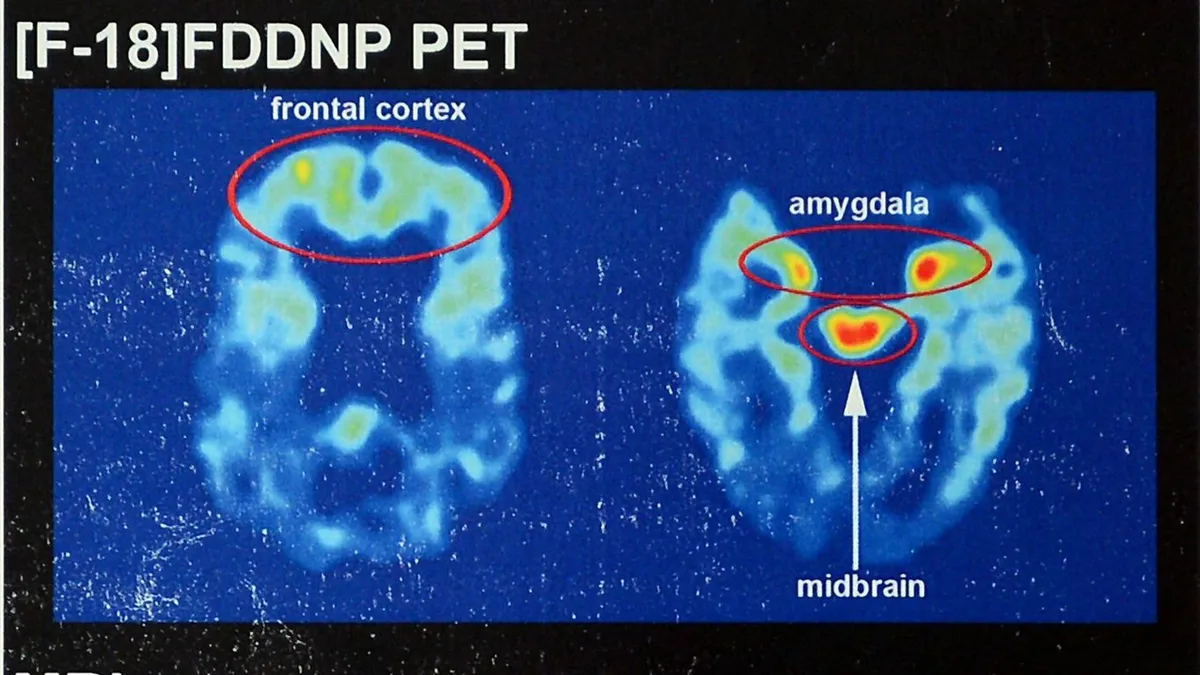
The recent tragic shooting in a Manhattan office building, which left four individuals dead, has brought to light serious concerns regarding chronic traumatic encephalopathy (CTE), a brain disease associated with repeated head injuries. The suspect, identified as 27-year-old Shane Devon Tamura, reportedly claimed to suffer from CTE, raising significant questions about the disease's impact and the accountability of the NFL.
On Monday, Tamura allegedly targeted the NFL headquarters, a move that NYC Mayor Eric Adams cited as a focal point of the investigation. According to the New York Police Department (NYPD), Tamura died from a self-inflicted gunshot wound, and a note found on his body indicated he blamed the NFL for his mental health issues related to CTE. Notably, his history as a high school football player in California has sparked discussions about the long-term effects of contact sports.
Chronic traumatic encephalopathy (CTE) is a progressive brain disease typically caused by repeated head trauma. The Mayo Clinic explains that while football players are often associated with CTE, athletes from various contact sports, such as soccer and hockey, as well as military personnel exposed to combat, are also at risk. Importantly, the only definitive diagnosis of CTE can occur post-mortem during a brain autopsy.
Research indicates that younger individuals with CTE may exhibit mood and behavioral symptoms, whereas older individuals tend to show cognitive impairment and executive dysfunction. This variation highlights the complex nature of CTE and its effects on mental health.
Research conducted by the National Institutes of Health (NIH) has established a direct connection between the duration of football play and the likelihood of developing CTE. A significant study from Boston University revealed that the risk of developing CTE doubles for every 2.6 years an athlete plays football. Importantly, the cumulative impact of hits taken throughout an athlete’s career appears to be a stronger predictor of CTE than the number of concussions sustained.
A study by Mass General Brigham involving nearly 2,000 former NFL players found that approximately one-third believed they had CTE. Those who suspected they had the disease reported a greater incidence of suicidal thoughts, despite similar levels of depression compared to their peers. Alarmingly, research indicates that CTE has been found in 99% of the brains of deceased NFL players donated for scientific research.
While the focus on CTE is crucial, experts caution that it may overshadow the necessity of addressing other health conditions, such as pain management and cardiovascular diseases, that also affect former athletes.
Currently, there is no cure for CTE, and knowledge about its progression remains limited. The National Institutes of Health emphasizes that treatment primarily revolves around managing symptoms. Cognitive rehabilitation therapy, a Mediterranean diet, and aerobic exercise can support cognitive improvement. Preventive measures and adherence to safe practices are essential in mitigating the risks of developing CTE.
Historically, the NFL has been reluctant to explicitly connect playing football with CTE or other long-term health issues. Nevertheless, the league faced thousands of lawsuits from former players regarding long-term brain injuries, culminating in a landmark settlement in 2015, which awarded more than $1.2 billion to over 1,600 athletes. Despite these efforts, some former players have reported difficulties in obtaining compensation for medical care.
Notable former NFL players diagnosed with CTE include John Mackey, Ollie Matson, Ken Stabler, and Aaron Hernandez. In 2016, the NFL acknowledged the link between football-related head trauma and CTE during congressional testimony.
In response to growing concerns, the NFL is collaborating with its player association to invest in brain injury research and enhance helmet safety standards. Over 200 NFL players are now utilizing shock-absorbing helmets designed to minimize concussions. Additionally, the NFL conducts annual laboratory testing by biomechanical experts to identify helmets that best reduce the severity of head impacts, reinforcing its commitment to player safety.